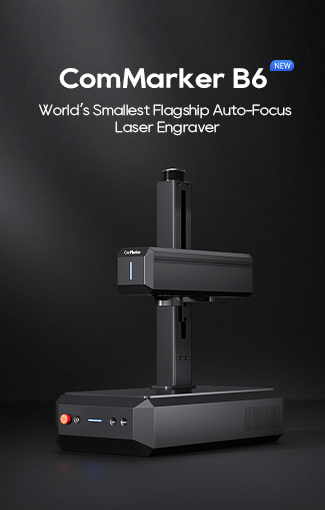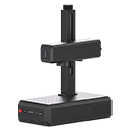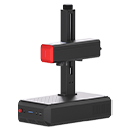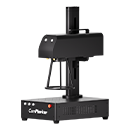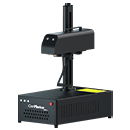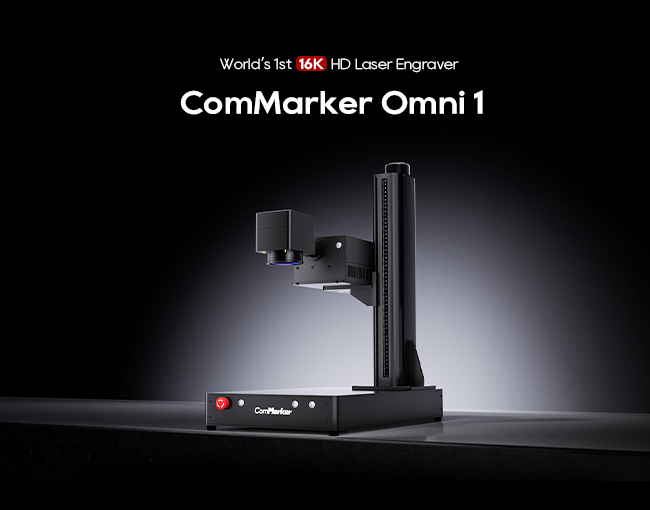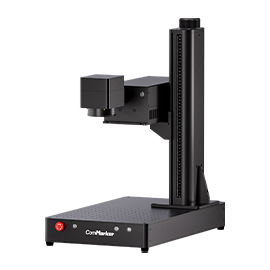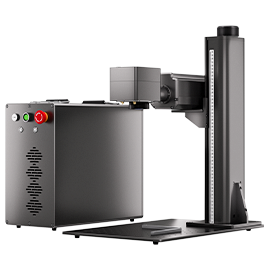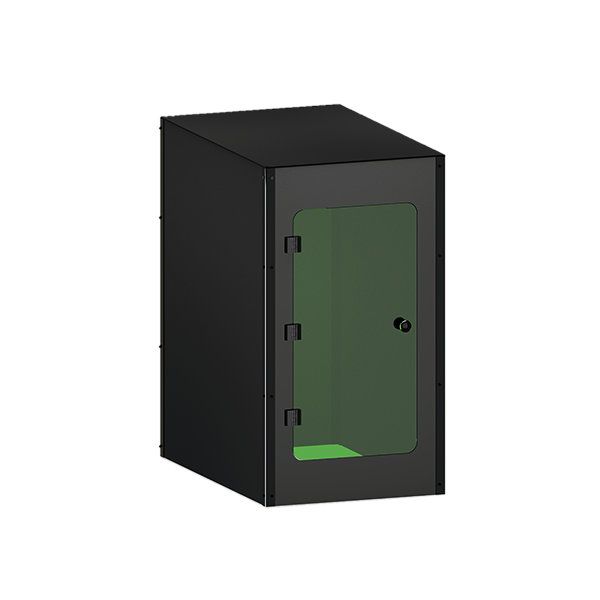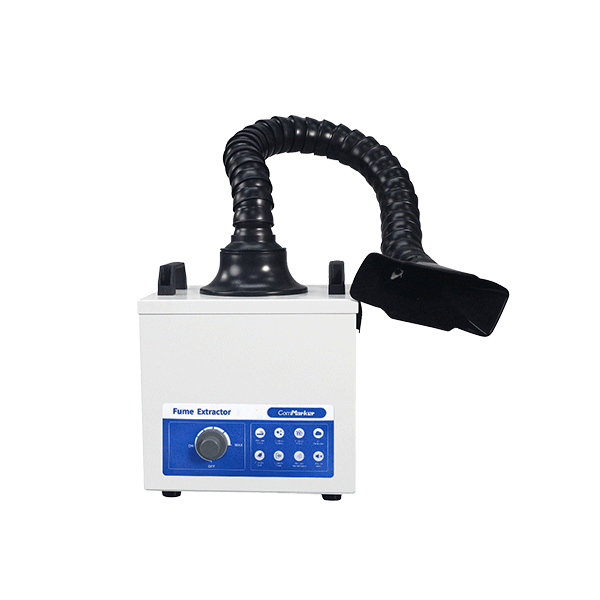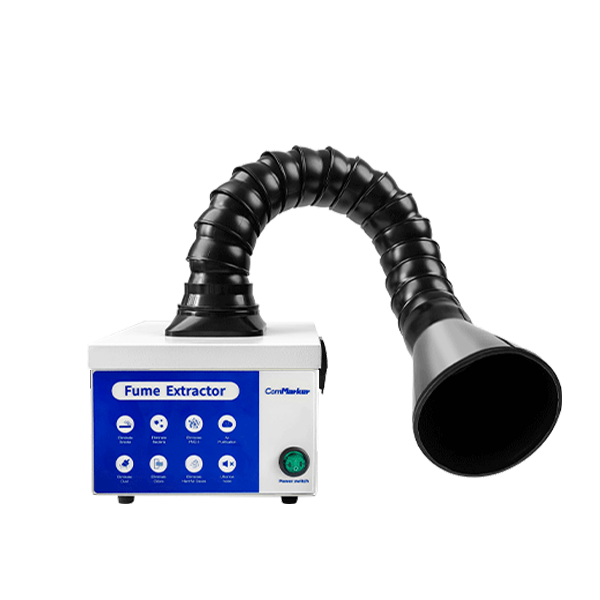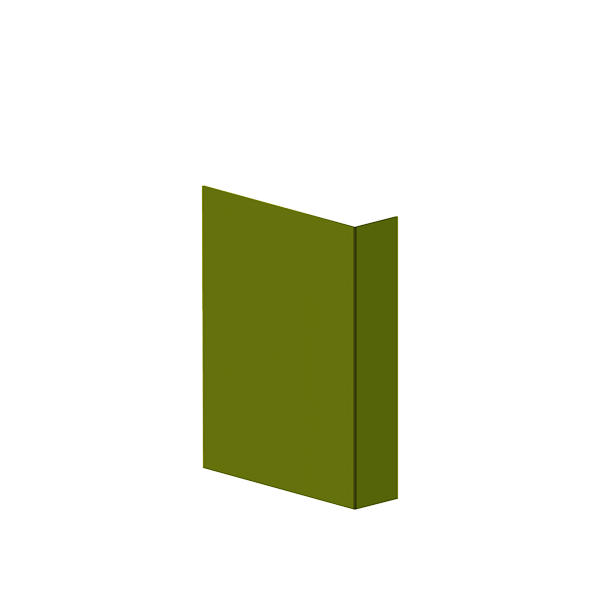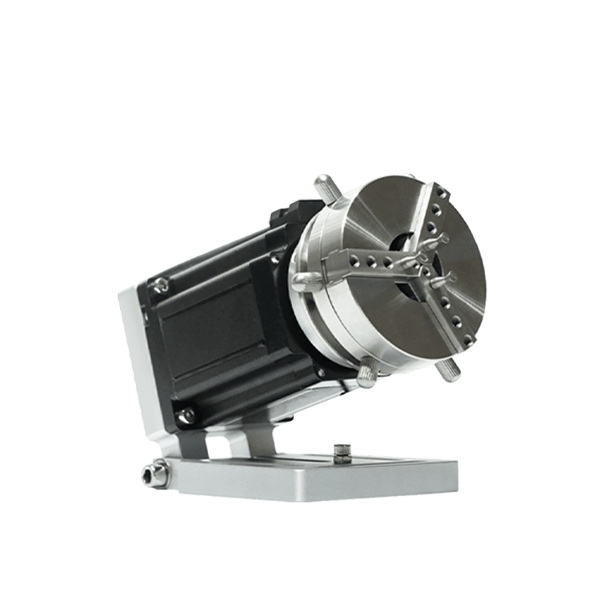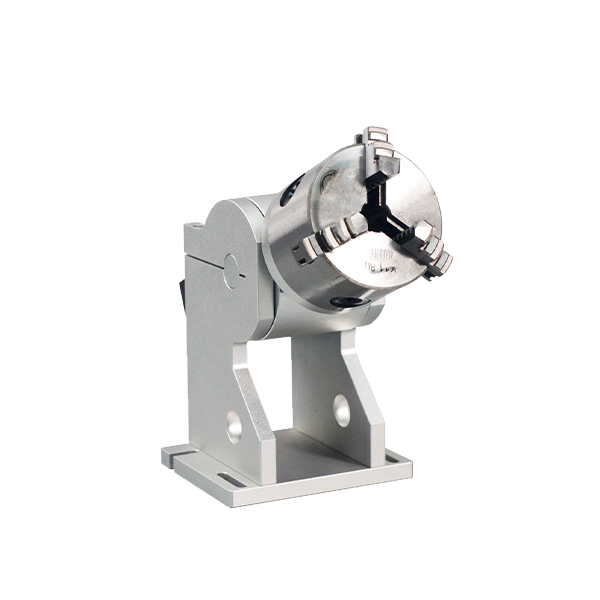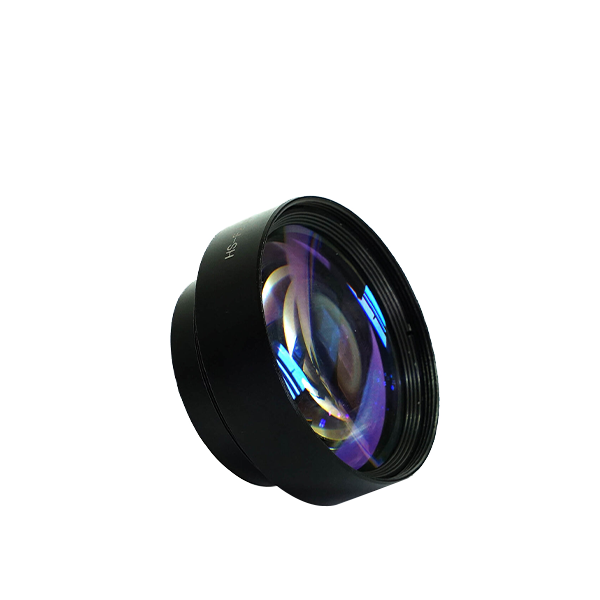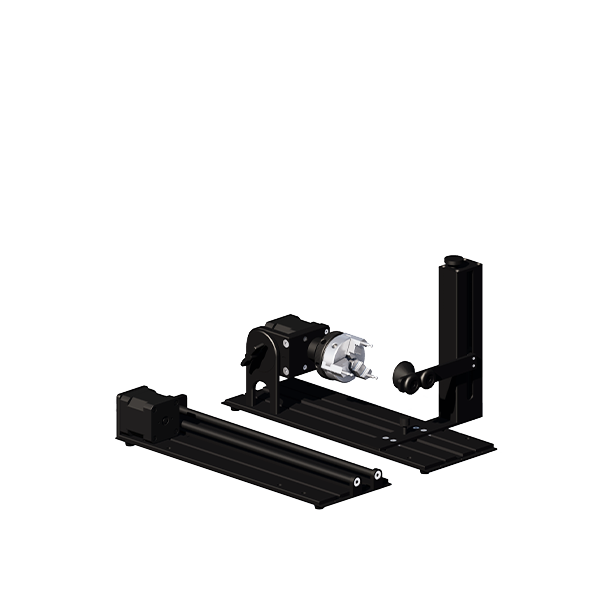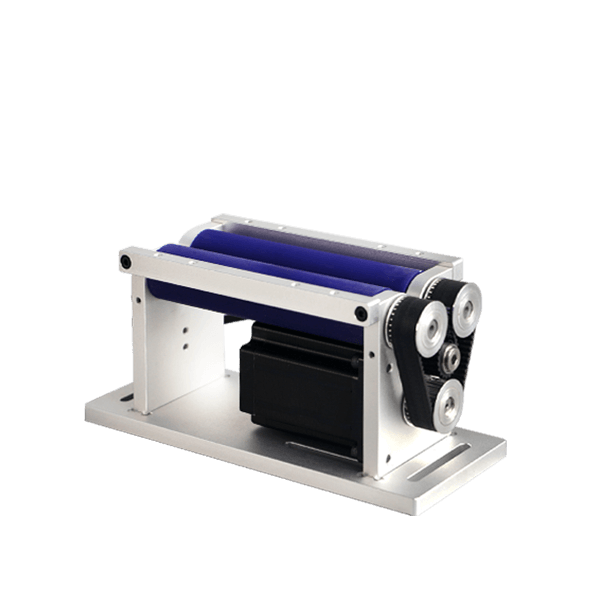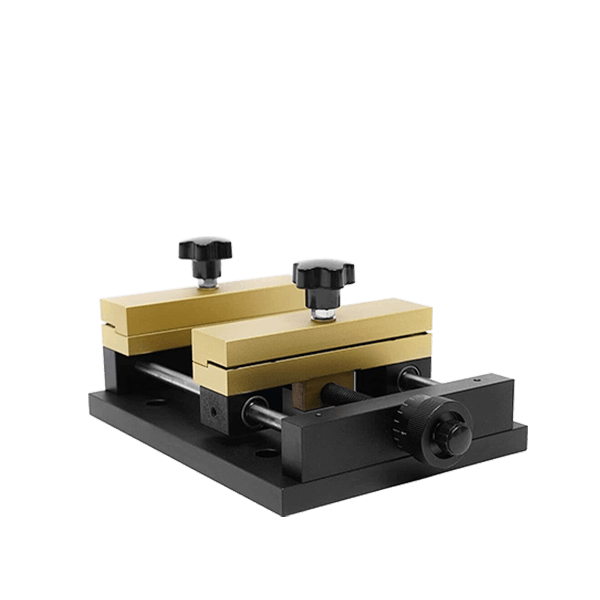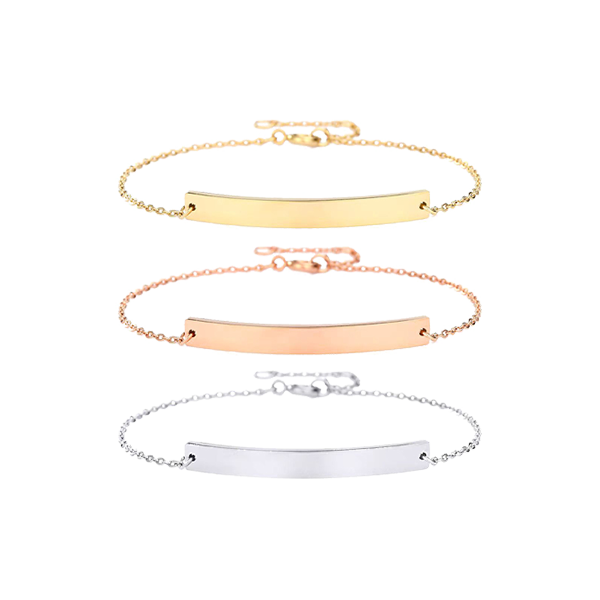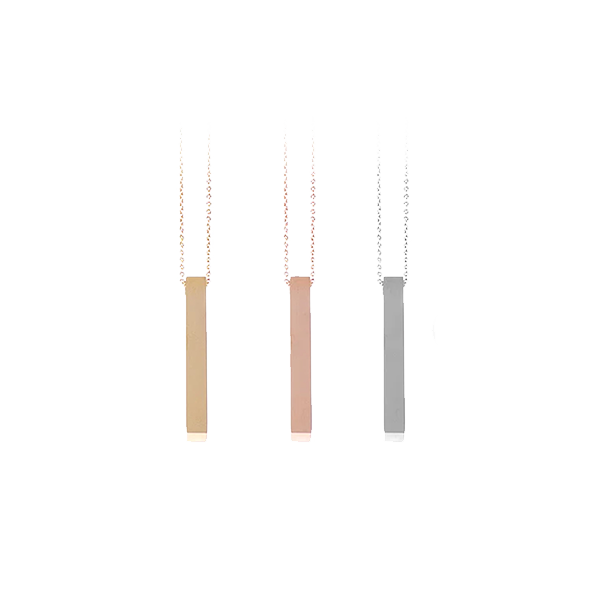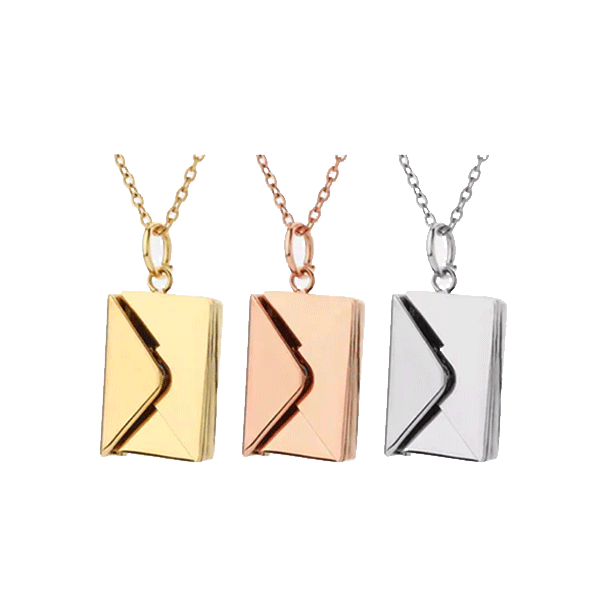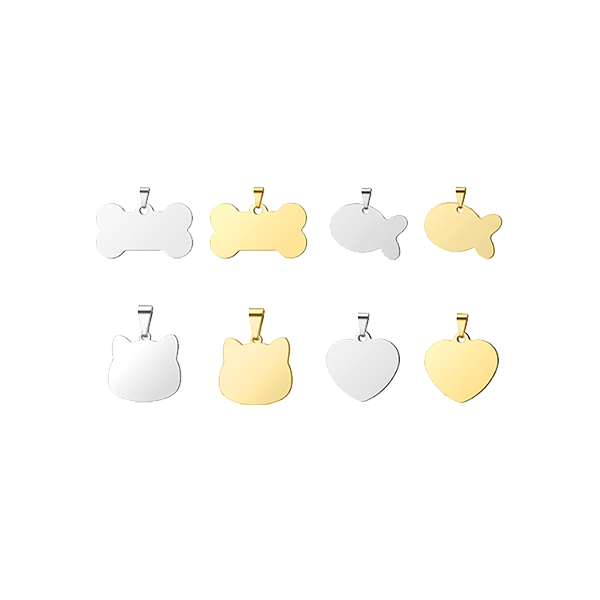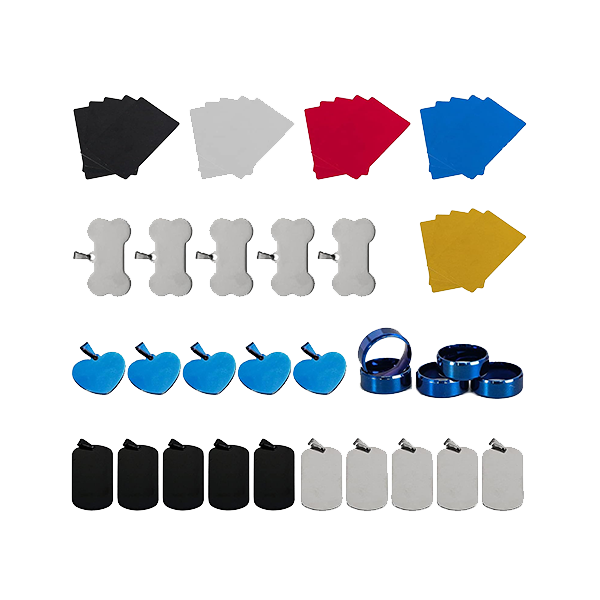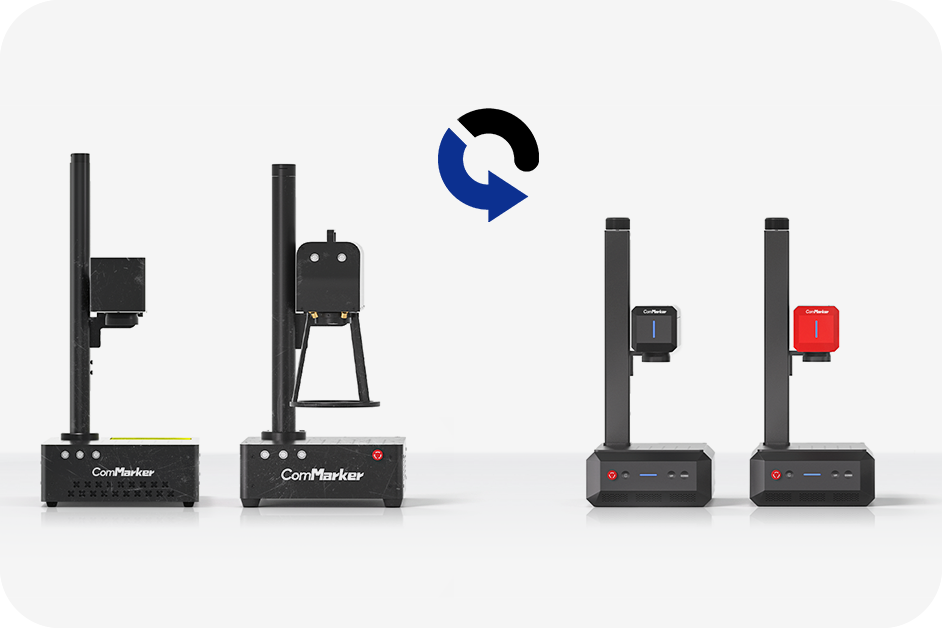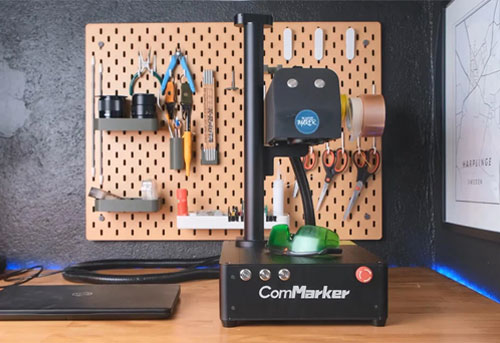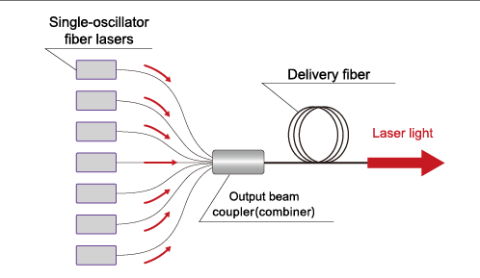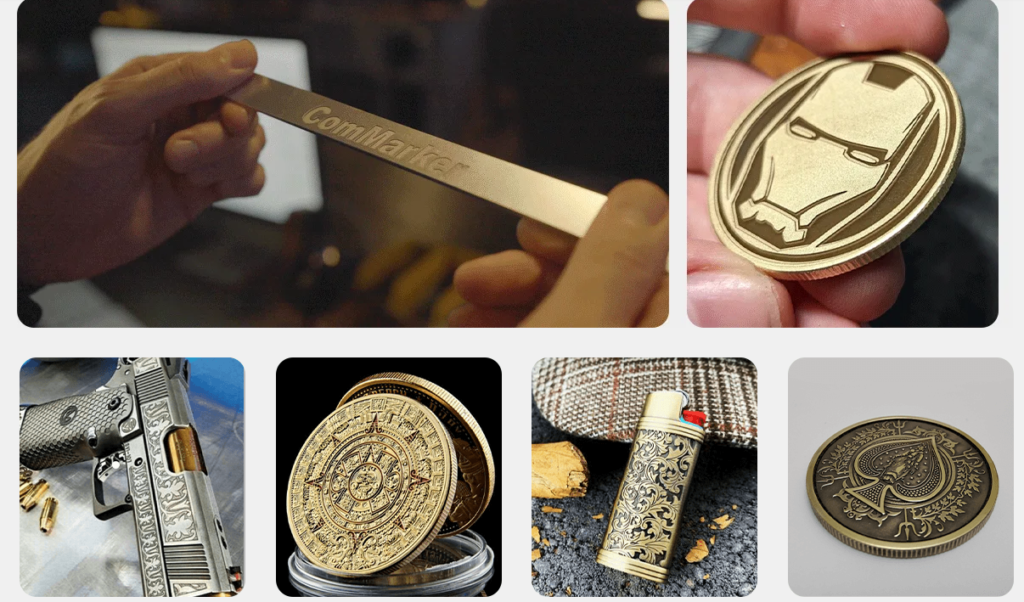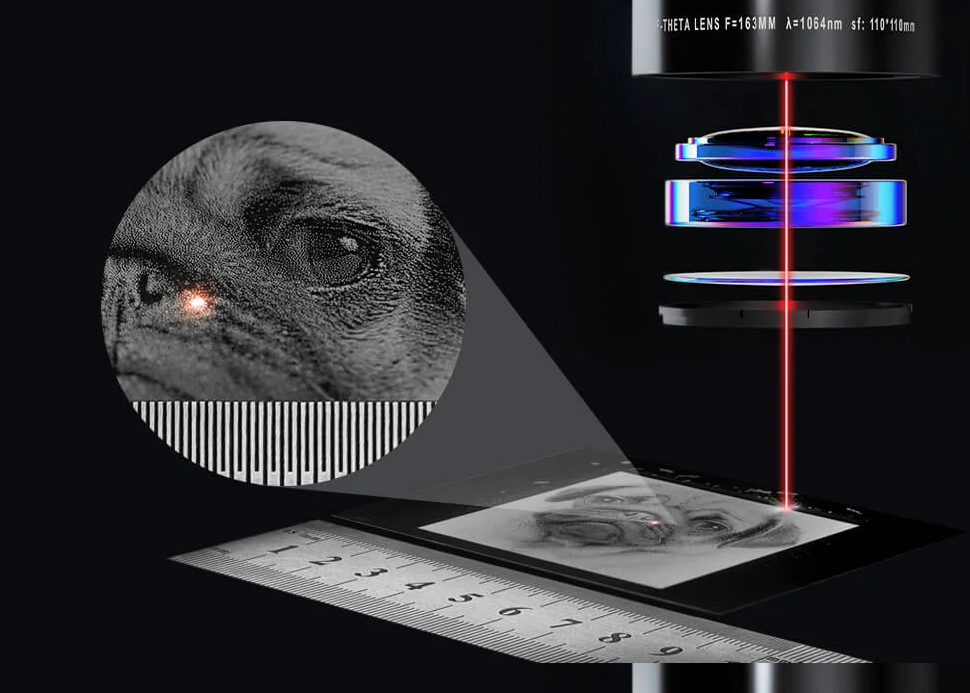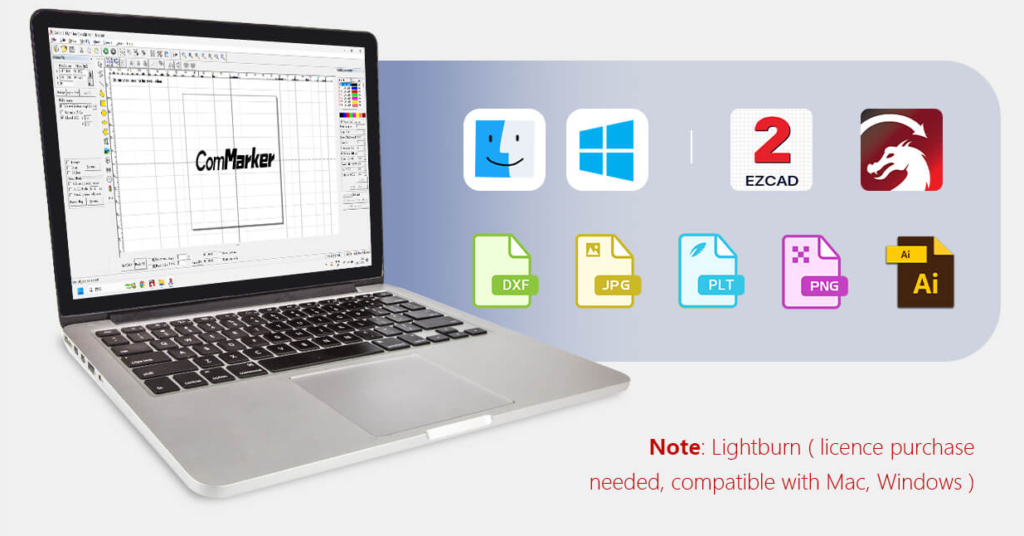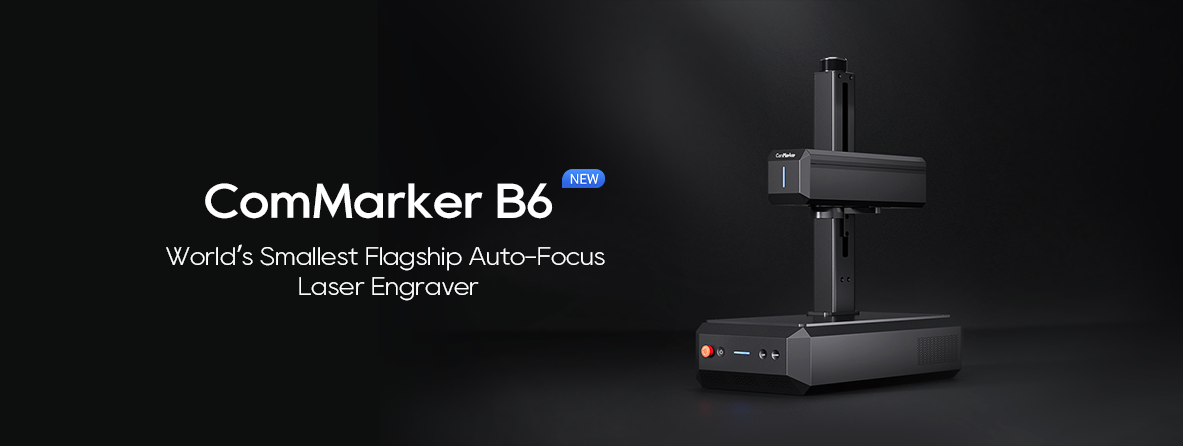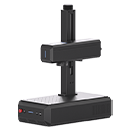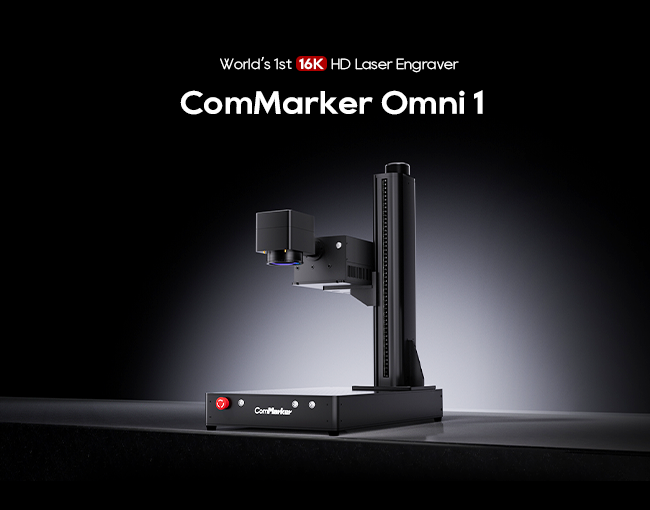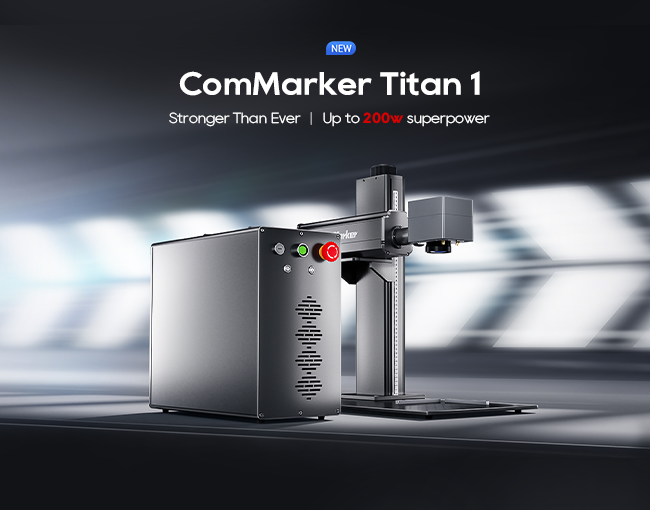최근에는, 섬유 레이저 조각 기계 have become a game-changer in the manufacturing, 자동차, 항공우주, 보석류, and creative industries. With their high precision, 속도, 그리고 다양성, they offer unmatched advantages over traditional engraving methods. 하지만, despite their increasing popularity, many professionals in the 레이저 조각 field may still be unsure about the specific benefits and workings of fiber lasers.
This article aims to demystify fiber laser engraving machines, explaining how they operate, their unique features, and why they have become essential tools in modern manufacturing. Whether you’re a seasoned engraver or someone new to the technology, this comprehensive guide will provide valuable insights into fiber laser technology and its applications.
1. Understanding Fiber Laser Technology
To understand why fiber laser engraving machines have revolutionized the engraving industry, it’s essential to first grasp how fiber laser technology works. Unlike CO2 lasers, which use a gas mixture to generate the laser beam, 섬유 레이저 utilize a solid-state medium—optical fibers doped with rare-earth elements like ytterbium. These doped fibers are designed to amplify light and generate a laser beam.
How Fiber Lasers Work
그만큼 fiber laser system generates light through a process called “자극 방출,” which occurs when energy is supplied to the laser medium (이 경우, the doped fiber). This energy excites the atoms within the fiber, causing them to emit photons (light particles) at a specific wavelength. The photons bounce back and forth within the fiber, gaining more energy and intensity with each pass until they exit through the fiber’s end, focused into a powerful laser beam.
The wavelength of fiber lasers typically ranges between 1060 그리고 1070 nm, which is ideal for engraving metals and other materials. This wavelength is highly absorbed by metals, which makes fiber lasers particularly effective for marking, 조각, and cutting metal surfaces.
Advantages Over Traditional Laser Technology
One of the primary advantages of fiber laser engraving machines is their efficiency. Fiber lasers produce high power output with relatively low energy consumption. They are also more durable and require less maintenance compared to CO2 lasers. 추가적으로, fiber lasers have a smaller spot size, allowing for more precise engraving and marking of even the finest details.
2. Why Fiber Laser Engraving Machines are Perfect for Modern Manufacturing
In today’s fast-paced manufacturing environment, 정도, 속도, and adaptability are essential for staying competitive. Fiber laser engraving machines offer all of these benefits, making them an indispensable tool in modern manufacturing operations. Here are some key reasons why fiber lasers have become so widely adopted:
정밀도와 정확성
Fiber laser engraving machines are known for their incredible precision. With the ability to focus the laser beam into an extremely small point (down to 0.01mm), these machines can engrave intricate designs and fine details with exceptional clarity. This precision makes fiber lasers ideal for applications such as engraving serial numbers on metal parts, creating high-definition logos, or crafting detailed jewelry designs.
The high degree of accuracy is also crucial for industries where small tolerances and flawless finishes are required, such as aerospace or electronics manufacturing. Fiber lasers provide consistency and accuracy over large production runs, ensuring that each part meets strict quality standards.
High-Speed Performance
The speed at which fiber laser engraving machines operate is one of the main reasons they are in such high demand. With engraving speeds reaching up to 15,000 밀리미터/초, 섬유 레이저 기계 significantly outperform traditional methods in terms of speed. This rapid processing not only improves efficiency but also reduces production time, allowing manufacturers to produce more items in less time.
게다가, fiber lasers can operate continuously for extended periods without compromising performance, which makes them ideal for high-volume production lines. Whether you’re engraving small components or marking large surfaces, fiber lasers can handle large workloads with ease.
Versatility in Material Compatibility
Another major advantage of fiber laser engraving machines is their ability to work with a wide range of materials, 특히 금속. Fiber lasers can engrave, 표시, and cut almost any metal, 스테인레스 스틸을 포함하여, 알류미늄, 구리, 놋쇠, 그리고 티타늄. They can also handle non-metal materials like plastics, 세라믹, and certain types of glass.
사실은, fiber lasers are often used in the aerospace, 자동차, and electronics industries to mark metal parts for identification and traceability. They are also employed in the jewelry industry to engrave intricate designs on metals such as gold, 은, 그리고 플래티넘.
The versatility of fiber lasers means that manufacturers can use a single machine to handle a variety of materials, which reduces the need for multiple machines and enhances operational efficiency.
3. Key Features of Fiber Laser Engraving Machines
When selecting a fiber laser engraving machine for your business, it’s essential to consider the key features that can help enhance your operations. Below are some critical features to look for when evaluating 섬유 레이저 조각기:
High Beam Quality
Fiber lasers typically have a higher beam quality (measured by a parameter known as M² value) compared to other laser types like CO2 lasers. A low M² value (close to 1) indicates that the laser beam is highly focused and produces a smaller spot size, which is critical for fine engraving applications. A high beam quality ensures that the laser beam remains focused over long distances, making it ideal for precise engraving.
Auto-Focus Capability
Many advanced fiber laser engraving machines come with auto-focus functionality. This feature automatically adjusts the focus of the laser based on the material’s surface, ensuring that the laser beam remains at the optimal focal point. This is particularly useful when engraving materials with varying surface heights or when working with thicker materials.
냉각 시스템
Fiber lasers require a cooling system to maintain optimal performance. Depending on the machine, cooling systems may range from air cooling to more advanced water cooling systems. The cooling system helps prevent the laser source from overheating, ensuring consistent operation over long periods and extending the lifespan of the machine.
User-Friendly Control Systems
Modern fiber laser engravers often come with intuitive control systems that allow operators to easily manage their engraving jobs. These systems are typically compatible with software like EZCAD, which provides powerful design and editing tools to create intricate designs for engraving. Some systems also support integration with third-party software such as LightBurn for more advanced control.
로타리 부착물
A rotary attachment is an optional accessory that allows fiber laser engravers to engrave cylindrical objects, such as rings, 펜, or bottles. This feature is particularly useful in industries like jewelry, where engraving on rounded surfaces is often required. With the rotary attachment, users can create 360° engravings on a wide variety of materials.
4. Applications of Fiber Laser Engraving Machines
Fiber laser engraving machines are highly versatile and can be used in a variety of industries. Some of the most common applications include:
Metal Engraving and Marking
Fiber lasers are widely used for engraving and marking metal surfaces. This includes applications such as:
- Serial Number Engraving: Fiber lasers are ideal for engraving serial numbers, 부품 번호, and barcodes onto metal parts for traceability.
- Logo Marking: Many manufacturers use fiber lasers to mark their logos on products for branding purposes.
- Surface Texturing: Fiber lasers can be used to create intricate textures on metal surfaces, enhancing the appearance and functionality of parts.
주얼리 및 개인화
In the jewelry industry, fiber lasers are used to engrave personalized messages or intricate designs on precious metals like gold, 은, 그리고 플래티넘. These machines can also be used to engrave gemstones and other materials.
Tool and Die Manufacturing
Fiber lasers are used in tool and die manufacturing to engrave or mark components that are used to create molds and dies. The high precision of fiber lasers ensures that these components meet the strict specifications required for accurate mold production.
Aerospace and Automotive Industries
In aerospace and automotive manufacturing, fiber laser engraving is used for marking parts with identification numbers, safety information, and other critical data. The durability and precision of fiber lasers make them well-suited for these industries, where parts are exposed to harsh conditions.
5. The Future of Fiber Laser Engraving Machines
As technology continues to advance, 섬유 레이저 조각 기계 are expected to become even more efficient and versatile. The development of higher-powered lasers, better cooling systems, and improved software control will only expand the potential applications of these machines.
추가적으로, with the increasing demand for customized products and mass production in industries like automotive, 항공우주, and consumer electronics, the role of fiber laser engraving machines will continue to grow. As businesses look to streamline their production processes and offer more personalized products, fiber laser technology will be at the forefront of this transformation.
파이버 레이저 조각 기계 have become indispensable tools in modern manufacturing due to their precision, 속도, 그리고 다양성. From metal engraving to jewelry personalization, these machines offer exceptional performance in a wide range of industries. Their ability to handle different materials, their advanced features, and their low maintenance make them a top choice for professionals looking to take their engraving operations to the next level.
By understanding the technology behind 섬유 레이저, their key features, and their wide array of applications, businesses can make informed decisions about how to incorporate fiber laser engraving into their manufacturing processes. As fiber laser technology continues to evolve, it will remain a key player in shaping the future of engraving and manufacturing worldwide.




